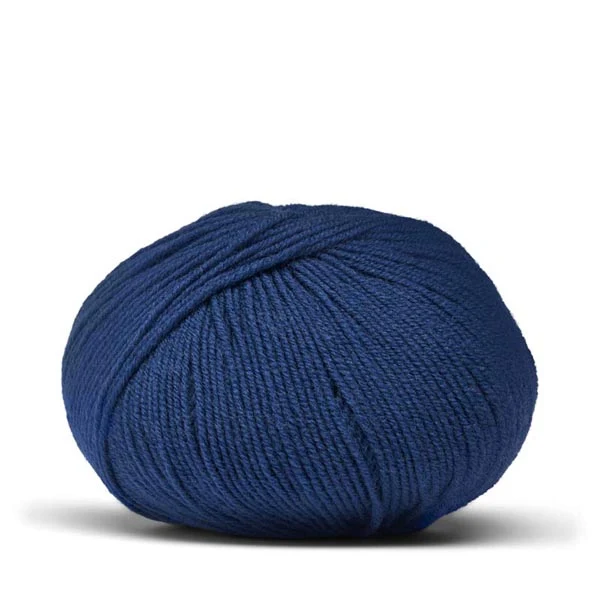Best News To Picking Merino Wool Base Layers
Wiki Article
Why Are Yak Merino Wool Base Layers So Effective For Winter Sports Clothing In Terms Of Warmth/Temperature Regulation Moisture Management. Comfort. Durability.
Yak Merino Wool Base Layers excel in winter sportswear due to factors that enhance heat, temperature regulation and comfort.
Both Merino and yak wool have natural insulation properties. The hollow fibers of yak hold in air and offer excellent warmth. Merino is also known for its insulation.
Regulates Body temperature- The fabric is able to regulate body temperature by taking warmth away in cold weather, while still allowing for breathability during high activity.
Moisture Management-
Merino Wool's Moisture Wicking Properties draw moisture away from your skin and disperse it, stopping sweat. Yak wool aids in transferring moisture, as well, keeping the wearer dry and comfortable when doing intense exercise.
Comfort-
Softness Merino Wool is known for the soft, fine fibers it has. They are less irritating to skin. The inclusion of yak wool, which also has soft fibers, enhances comfort.
Odor Resistance- Both kinds of wool possess natural antimicrobial properties, which help in reducing the growth of bacteria that cause odor and keeping the garment fresh.
Durability-
Strength and Resilience Yak wool has a extremely durable. When combined with the strength and resilience of merino fibers, the fabric is created to be strong and resistant.
Natural Fiber Benefits-
Renewability: Merino and Yak are both renewable and biodegradable fibers. They are also eco-friendly.
These wools have a natural versatility that allows the use of these wools in different weather conditions.
By combining wool and yak it is able to take advantage of both materials' strengths by providing warmth, regulating temperatures, regulating the moisture level and also offering durability. It makes yak merino wool base layers extremely effective for winter sportswear, catering to the demands of winter sports in cold weather, and maintaining the wearer's comfort and dry. Check out the most popular linked here about merino wool base layers for site advice including terramar merino woolskins, smartwool thermals, hh lifa merino, ski thermals mens, smartwool 150 base layer, smartwool base layer sale, merino wool ski base layer, long underwear for skiing, wool base layer mens, wool undershirts and more.

What Are The Benefits To Bamboo Clothing When It Comes To Thermal Regulation? Uv Protection. Biodegradability. Environmental Impact.
Thermal Regulation-
Bamboo fabric insulation provides warmth during winter, while remaining air-conditioned. It regulates your body temperature, holding heat during colder weather, and allowing air to circulate in order to avoid overheating.
UV Protection
UV Resistance- The bamboo fabric offers natural protection against harmful UV radiations. The bamboo fabric is able to block up to a third of the UV rays.
Biodegradability-
Eco-friendly- Bamboo clothes are biodegradable. This means it is able to be degraded without leaving harmful residues behind and does not contribute polluting the environment. This means that clothing waste is reduced and its environmental impact.
Environmental Impact-
Sustainability- Bamboo is extremely sustainable as a raw material. It is a fast-growing tree that doesn't require chemical fertilizers and pesticides. The fast growth rate of this plant makes it a sustainable source.
Bamboo is a water-wise crop that has a lower requirement when compared to cotton and other crops. This makes it more efficient when it comes to water usage. This contributes to water conservation and eases pressure on resources.
Soil Conservation
Soil Health: The cultivation of bamboo does not generally deplete soil nutrients or require extensive irrigation. It contributes to healthier conditions in the soil and decreases the necessity for damaging agricultural practices.
Carbon Sequestration
Carbon Absorption- Bamboo has the capacity to absorb and release CO2 more efficiently than other plants. This property supports efforts to reduce carbon emissions and fight climate change.
Bamboo's thermal regulation clothing, its UV protection, its biodegradability and positive environmental impact make it a popular choice among those looking for practical and sustainable clothes. These qualities align with eco-friendly practices, offering benefits for both the wearer and the environment. Take a look at the best bamboo clothing advice for website tips including bamboo pants, lisa frank bamboo pajamas, bamboo shirts wholesale, bamboo bed clothes, childrens bamboo socks, bamboo top, bamboo twirl dress, bamboo button down shirts, bamboo apparel wholesale, bamboo chafing shorts and more.

What Are The Differences Between Bamboo And Merino Clothing?
Merino layers as well as regular wool, and bamboo clothes are different in their features.
Merino's soft fibers make it comfortable against your skin. It is less likely than wool that is more traditional to cause irritation and itching.
Merino is a great moisture-wicking material. It draws moisture from your skin and allows it to evaporate, leaving you feeling dry and comfortably.
Merino provides excellent insulation even when wet. It regulates the body's temperature and also provides insulation during cold weather.
Odor resistance: It hinders the development of odor-causing bacteria, and helps keep clothes fresh, even after being used for long periods of time.
Bamboo Clothing
Softness. Bamboo clothing is frequently similar in texture to silk and cashmere. It's soft on skin and offers an exquisite experience when wearing.
Bamboo fabric is moisture wicking and draws moisture away from the skin to keep the wearer dry.
Temperature Regulation- Bamboo clothing has natural temperature-regulating abilities, offering warmth in winter and breathability to prevent overheating.
Sustainability - Bamboo is an extremely renewable resource that grows rapidly without the use of pesticides. Biodegradable bamboo can have a minor environmental impact.
Wool Regular
Texture- Traditional wool may vary in texture with certain types being more coarse and more prone to cause itching or discomfort.
Warmth - Wool can provide excellent insulation and warmth but it may also be bulky.
Absorption of moisture - Wool may absorb water, making it less effective at wicking moisture than bamboo and merino fabrics. It holds heat even when wet.
In short, merino wool offers softness, excellent moisture-wicking, odor resistance, and insulation. Bamboo clothing features a silky and breathable feel. It also regulates temperature and is eco-friendly. Regular wool comes in a variety of textures but may not have the same softness or wicking properties as merino or bamboo clothes, however they can provide warmth and insulation. Each material is unique and can be tailored to different winter clothing preferences. Have a look at the best here for merino wool base layers for more tips including wool base layer mens, best base layer for skiing, merino wool base layer hunting, merino base layer cycling, merino wool thermals women's, icebreaker baselayer, merino base layer, airblaster merino ninja suit, terramar merino woolskins, smartwool base layer mens and more.
